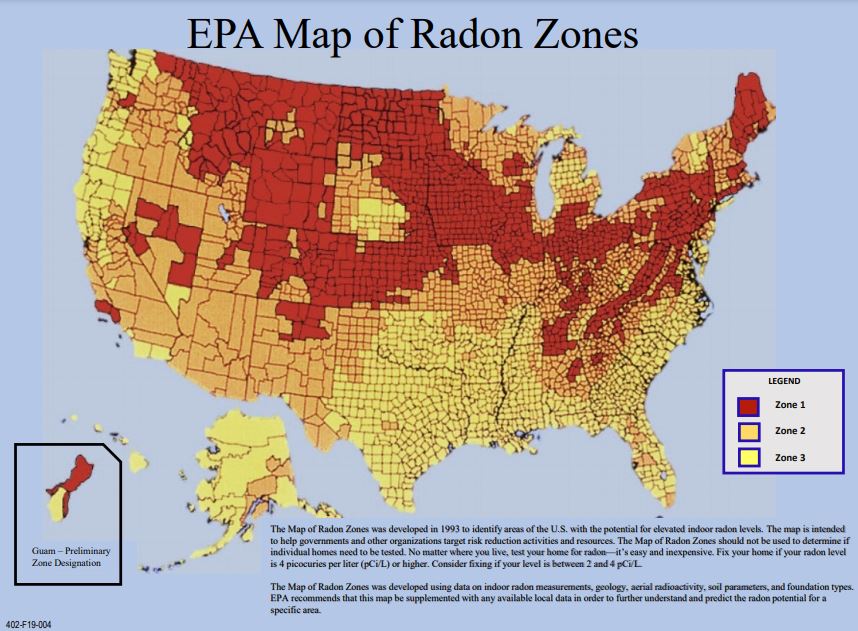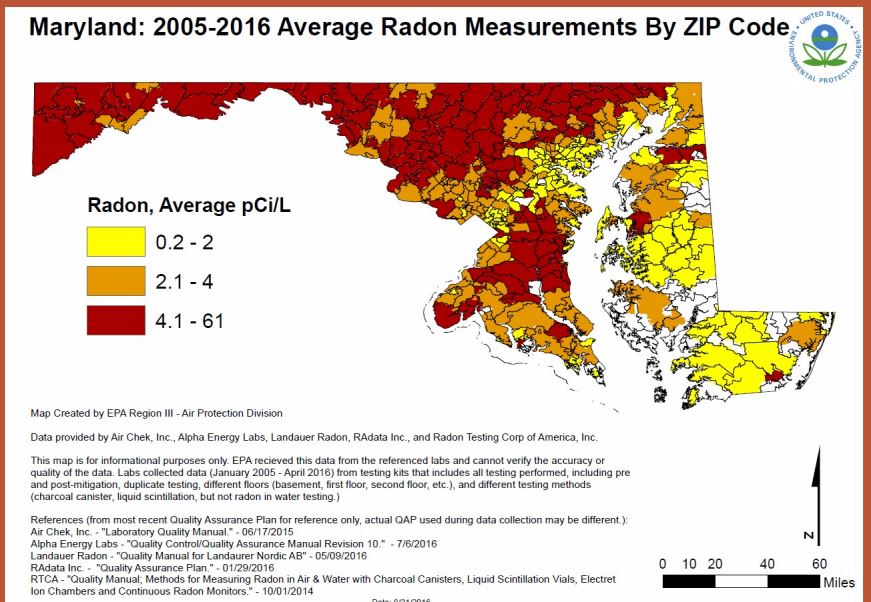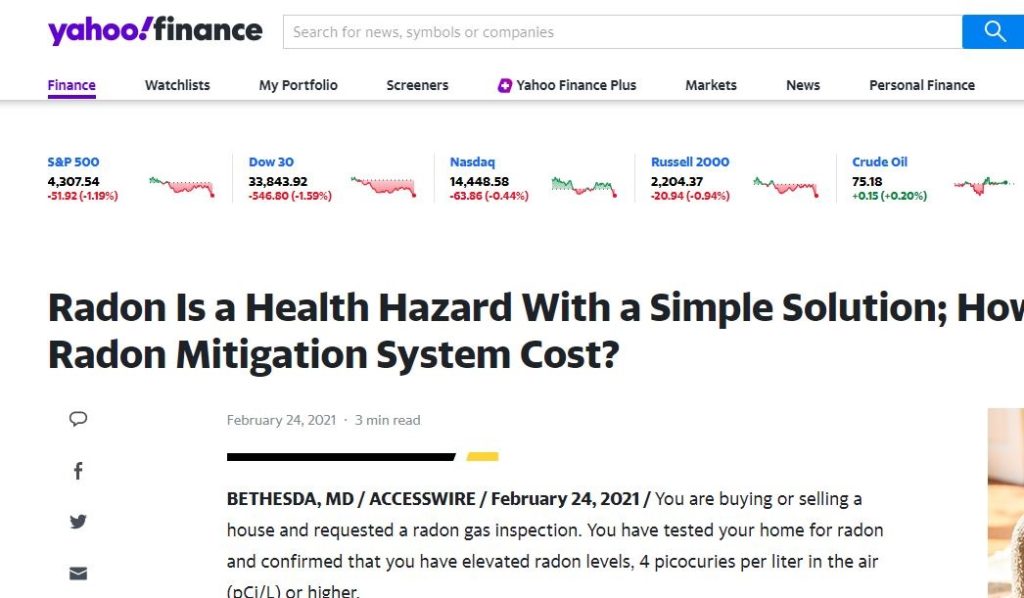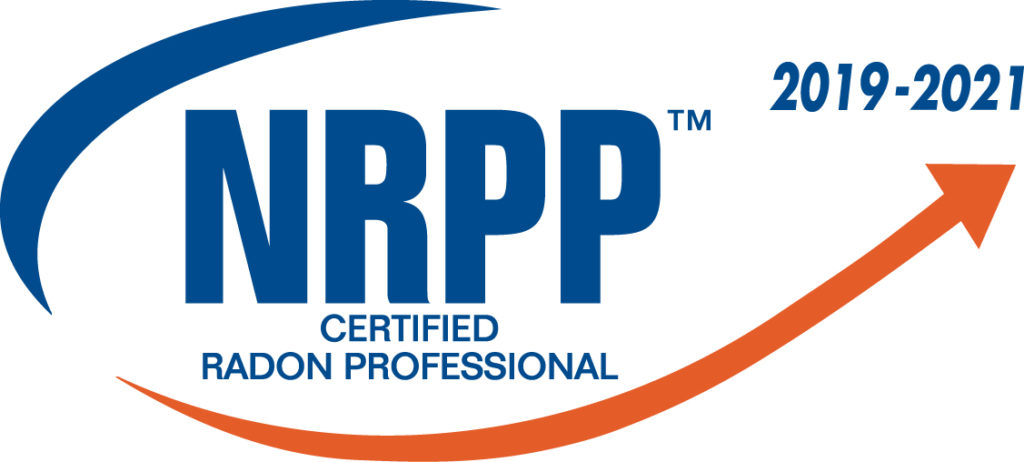How does radon mitigation work?
Radon enters buildings because it is sucked in. In cool climates, dwelling normally have a lower air pressure inside than outside; basements and first floor of dwellings are said to have a negative pressure (a lower pressure compared to the pressure outside the building). Because of this negative pressure, radon, and soil-gas are sucked into the dwelling. The negative pressure generally increases in the winter causing buildings to suck in more radon in the winter. The negative air pressures inside the building are affected by temperature and humidly (indoors and outdoors), wind speed and direction, air handling devices, which bring air into or exhaust air from handling devices, which bring into or exhaust air from the dwelling, and occupancy, for example, occupants’ living habits like leaving window open and thermostat
When a fan-powered soil depressurization radon system is installed, one end of the radon system’s piping is connected to a sealed gas-permeable layer of material just below the slab of the dwelling; and other end is routed to a location outside the building and above the roof where the soil-gas, containing radon can be exhausted safely.
A radon fan (generally an in line tubular fan rated between 0 and 150 Watts) is installed in the radon system’s vent stack piping
(when radon test results indicated the need for radon reduction) as a means of depressurizing the gas-permeable layer. The fan should be located in unconditioned space which is above occupiable space (if fan is installed inside).
Turning on the radon system’s fan causes soil-gas to be removed from the has the gas-permeable layer (and the soil below it) which reduces the pressure under the building. When the pressure under the building is lower than the pressure in it, soil-gas and radon no longer flows into the building through the radon entry pathways
(cracks and openings in the foundation); instead air flows out of the building through these pathways. The sub-slab depressurization version of the fan-powered soil depressurization method reduces indoor radon concentrations of 80 to 99%.
Mitigation system shall be designed and installed as an integral, permanent addition to the building .
Active Soil Depressurization (ASD)

Suction Pit
A cleared void space shall be created below all suction points through slab floor . Gaps in concrete surrounding suction pipe shall be sealed impermanent , airtight manner.
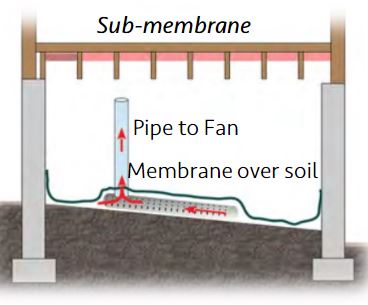
House with crawl space radon SMD mitigation
For sub-membrane depressurization(SMD), suction pipe ducting shall extend under the soil gas retarder membrane

